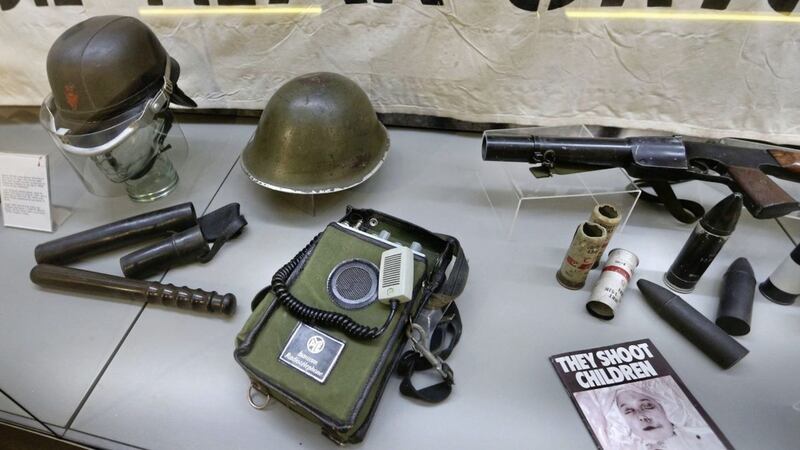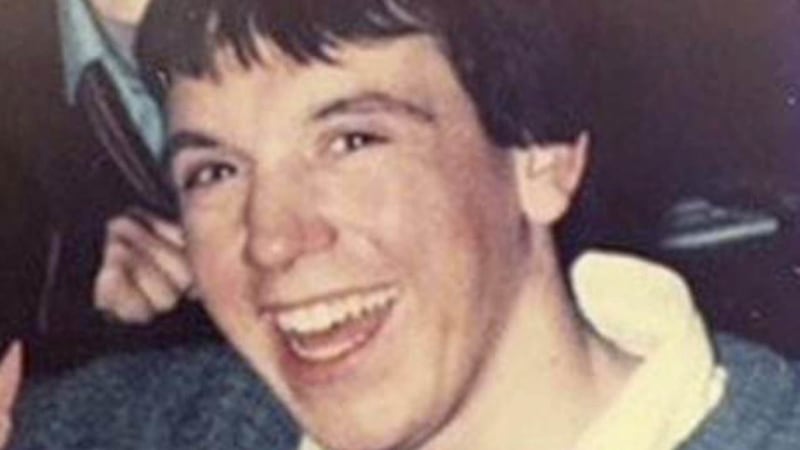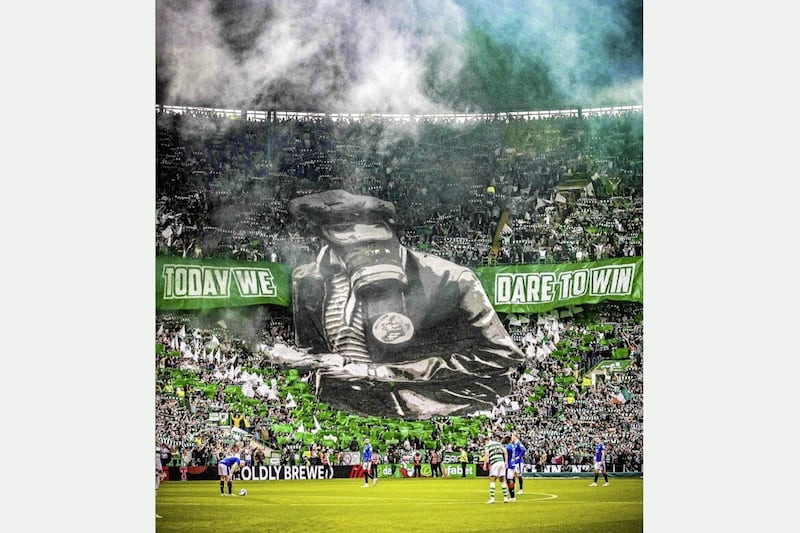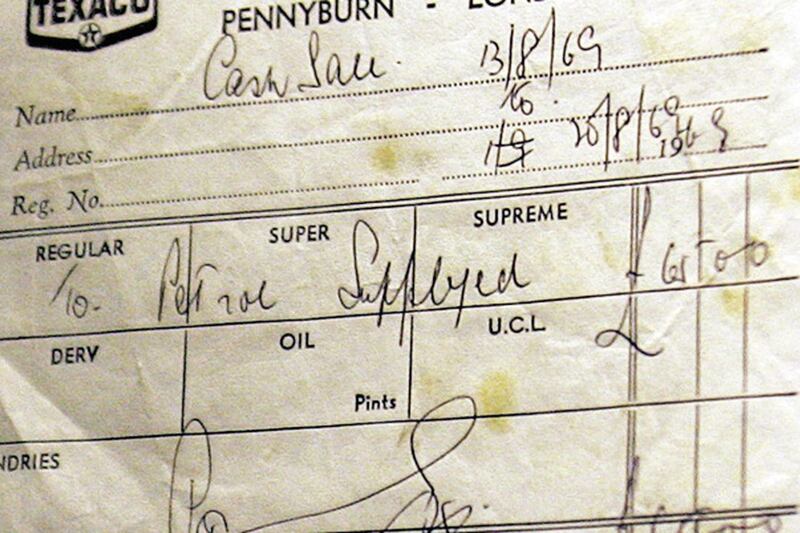Timeline Battle of the Bogside
• July 1969 – Derry Citizens’ Defence Association (DCDA) established to defend Bogside and other nationalist areas of Derry.
• July 12 1969 – British Army put on stand-by to enter Northern Ireland as violence and tension continues to increase.
• Thursday July 17 – Bogside man Sammy Devenny dies from injuries suffered in a beating by police three months earlier.
• Friday August 8 – Chichester-Clark meets Home Secretary, James Callaghan. It is agreed that Apprentice Boys’ Relief of Derry march should go ahead on August 12.
• Sunday August 10 – DCDA meet Apprentice Boys’ leadership to request they cancel or re-route their August 12 march. Request is refused.
DCDA peace meeting held at Celtic Park football ground in Bogside. Bogsiders warned that police and unionists may use Relief of Derry parade to repeat incursions into Bogside on January 5.
Warning is sent to RUC that if they try to come into Bogside, they will be opposed.
A number of Bogside families with young children are evacuated.
• Tuesday August 12.
AM – Thousands of Apprentice Boys, bands and supporters descend on Derry for Relief of Derry march.
2.30pm – Clashes between Bogsiders and Apprentice Boys at Waterloo Place. RUC respond by charging Bogsiders along William Street followed by loyalists. Rioting continues on edge of Bogside.
Crash barriers set up to separate Apprentice Boys and supporters from nationalists. Nationalists leaders, John Hume, Eddie McAteer, Ivan Cooper appeal in vain for calm.
4.30pm – First petrol bombs thrown as RUC and loyalists clash with Bogsiders. Continued efforts by RUC and loyalists to push into Bogside repelled using the roof of Rossville Street flats as launch for petrol bombs.
Petrol bomb factories established close to all entries into Bogside.
11pm – RUC given CS gas and quickly flood William Street, Rossville Street and Bogside with fumes.
Knights of Malta join nationalist doctors and nurses in establishing first aid posts close to frontlines. More seriously injured nationalists are taken across the border to Letterkenny general hospital to avoid arrest at Altnagelvin.
Intense rioting continues overnight. Police use live rounds, injuring two men at Rossville Street barricade.
• August 13
DCDA vice-chairman, Paddy 'Bogside' Doherty appeals to all able-bodied men to come to the defence of the Bogside. Intense fighting continues throughout day.
Nationalist make requests to UN to send in peace keeping force.
Calls made to other nationalist areas of the North to rise to ease the pressure on the Bogside. Trouble spreads throughout Northern Ireland.
6pm – In live television broadcast, Taoiseach, Jack lynch warns that the Republic will “no longer stand by” and watch nationalists being injured. Irish troops moved to the border.
Rioting intensifies after rumours spread that loyalists are trying to burn down St Eugene’s Catholic Cathedral. Rioting continues overnight.
• August 14
AM – An exhausted RUC is fought to a standstill by the Bogsiders.
PM – B-Specials moved to Waterloo Place for deployment. B-Specials have their guns removed in anticipation of being deployed to assist RUC but are withdrawn.
NI prime minister, Chichester-Clarke asks Prime Minister, Harold Wilson to deploy British troopers.
6pm – Soldiers from the first battalion of the Prince of Wales’s Own Regiment march into Waterloo Place and take up positions between the RUC/loyalists and the Bogsiders.
• The Battle of the Bogside comes to an end as the RUC withdraw.







